When your drum is not beating to correct rhythm, your body struggles to march to a solid beat.
COMMON FORMS OF ARRHYTHMIA INCLUDE:
- ATRIAL FIBRILLATION (AF) is a complex arrhythmia in which the atria or upper chambers of the heart beat rapidly and irregularly. As a result, the ventricles or lower chambers never adequately fill with blood, and blood pools in the atria increasing the risk of stroke.
Of all the arrhythmias, AF is the most common. AF is a growing problem worldwide, affecting over 4.5 million people in Europe alone. One of the results of AF is inadequate blood flow to the body, concomitant with an increased potential for stroke, as the blood left in the atria pools and forms clots that can dislodge and travel to the brain.

2. ATRIAL FLUTTER is a rapid, but organized and predictable, pattern of beating of the atria. As with AF, the ventricles cannot respond to all of the atrial beats, so blood pools in the atria, increasing the risk of stroke.
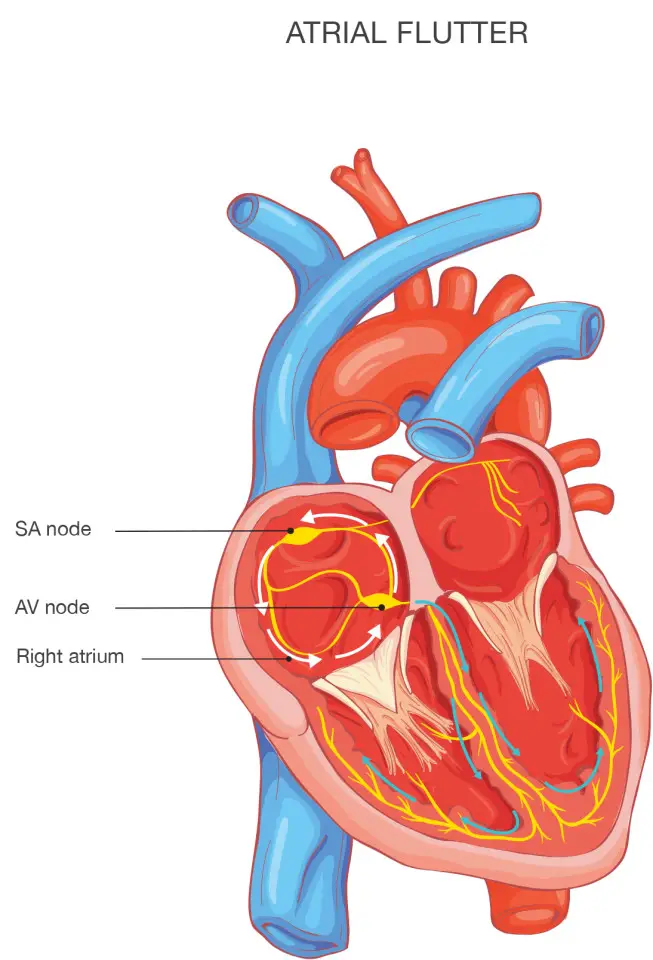
3. ATRIOVENTRICULAR NODAL RE-ENTRANT TACHYCARDIA (AVNRT) occurs when the abnormal signal begins in the atria, but instead of transferring to the ventricle through the atrioventricular (AV) node, the electrical signal is returned to the atria. This sequence can happen over and over again.
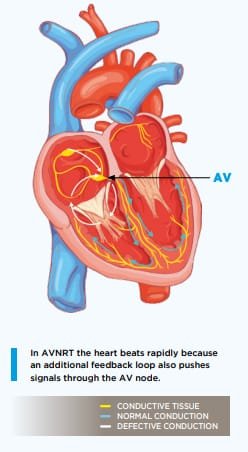
4. WOLFF-PARKSINSON-WHITE is an arrhythmia caused by an abnormal bridge of tissue that connects the atria and ventricles of the heart. This extra pathway allows electrical signals to go back and forth between the upper and lower chambers of the heart without passing through the AV node, which con trols the heart rate. As a result, very fast heart rates and other life threatening arrhythmias can develop.
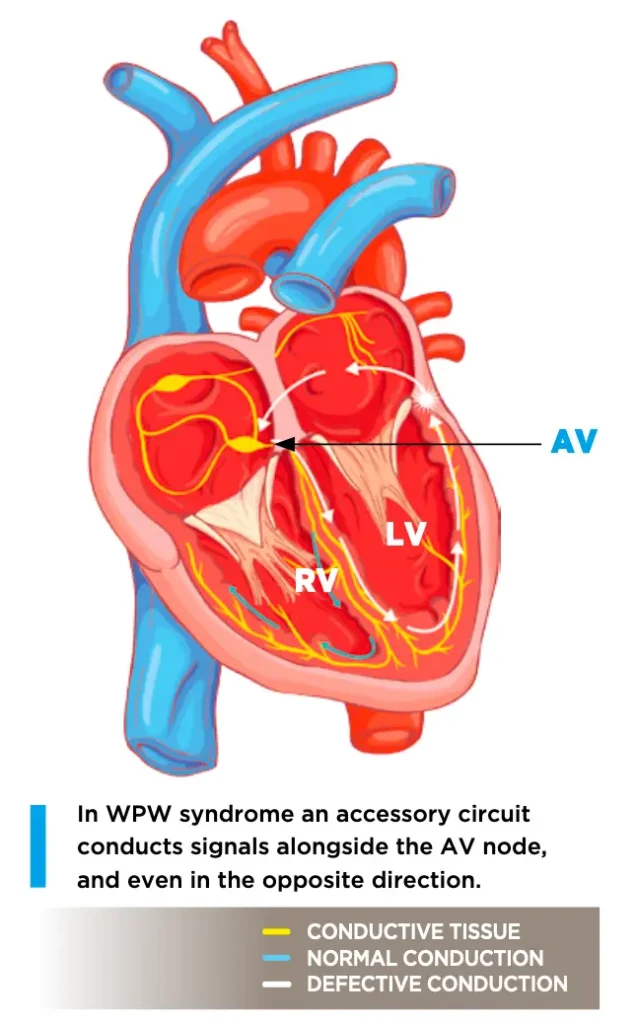
5. VENTRICULAR TACHYCARDIA is an arrhythmia which arises from the lower chambers of the heart. It is characterized by heart rates over 100 beats per minute, but heart rates often approach 200 beats per minute. At this rate, very little blood is pumped out of the heart to the brain and other organs.
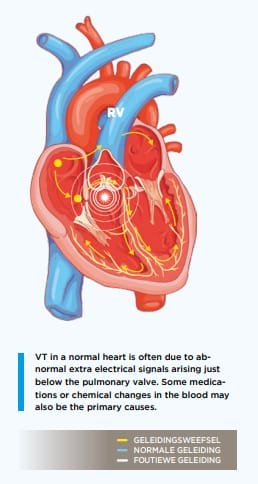
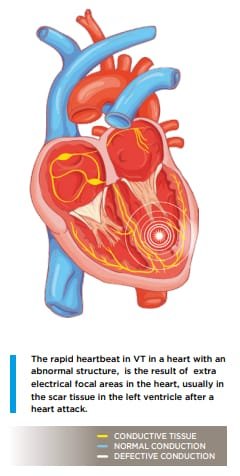
LUISTER: Dr Gopal verduidelik self meer oor Ventrikulêre ritme-probleme
Waarom klop ‘n mens se hart soms te vinnig, te stadig of onreëlmatig? Wanneer is dit gevaarlik? Kan of moet dit behandel word? Hoe word dit behandel? Marí Hudson praat met dr Razeen Gopal, hartritme-spesialis oor hartritme-defekte wat in die pompkamers (ventrikels) ontstaan.
LUISTER: Dr Gopal vertel meer oor hartritme-defekte in kinders
’n Hartprosedure wat Maandag op ’n sesjarige meisie gedoen is, het haar lewe gered. Haar hart het vandat sy drie jaar oud is, soms teen ’n allemintige 280 slae per minuut geklop, wat lewensbedreigend was. Mari Hudson praat met ’n kardioloog oor die prosedure, en hoe hartritme-defekte in kinders herstel word.


